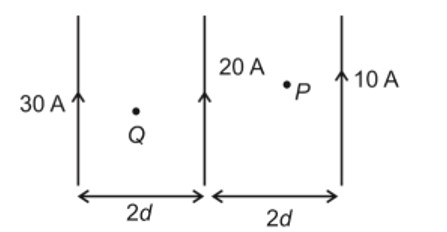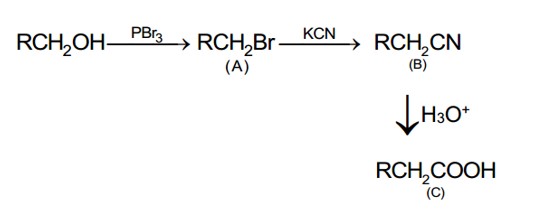A compound ‘A’ on reaction ‘X’ and ‘Y’ produces the same major product but different by product ‘a’ and ‘b’. Oxidation of ‘a’ gives a substance produced by ants.
‘X’ and ‘Y’ respectively are
A compound ‘A’ on reaction ‘X’ and ‘Y’ produces the same major product but different by product ‘a’ and ‘b’. Oxidation of ‘a’ gives a substance produced by ants.
‘X’ and ‘Y’ respectively are
Option 1 -
KMnO4 / H+ and dil. KMnO4, 273 K
Option 2 -
KMnO4 (dilute), 273 K and KMnO4 / H+
Option 3 -
KMnO4 / H+ and O3, H2O / Zn
Option 4 -
O3, H2O / Zn and KMnO4 / H+
-
1 Answer
-
Correct Option - 4
Detailed Solution:Oxidation of HCHO (a) will produce HCOOH, which is produced by ants.
Similar Questions for you
CH3—CH2—CHO does not undergo Cannizzaro reaction because it has α-hydrogen.
Acetaldehyde (CH3CHO) gives positive lodoform test and positive Fehling's solution test
CH3—CH2—CHO does not undergo Cannizzaro reaction because it has α-hydrogen.
Taking an Exam? Selecting a College?
Get authentic answers from experts, students and alumni that you won't find anywhere else
Sign Up on ShikshaOn Shiksha, get access to
- 65k Colleges
- 1.2k Exams
- 679k Reviews
- 1800k Answers







